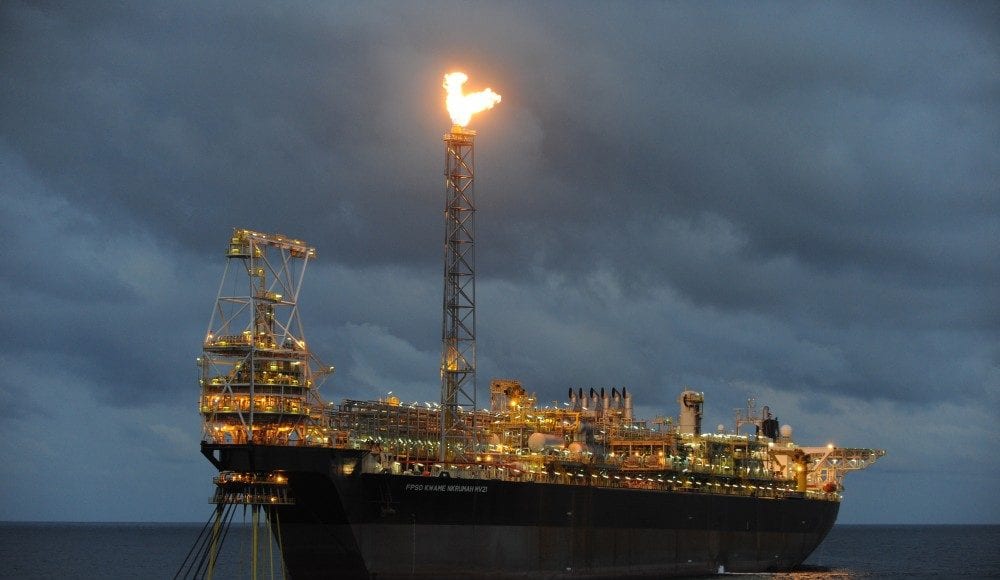An Environmental Impact Assessment (EIA) submitted by ExxonMobil for its latest proposed project in Guyana shows that the country’s regulations for flaring at the start-up phase of oil production are stricter than those of the United States.
ExxonMobil’s Whiptail Project, the sixth proposed oil development in the Stabroek Block, will see start-up flaring lasting for three months or 90 cumulative days at a rate of 3.4 million standard cubic meters per day (mscm/d). This is according to the EIA, which is currently being reviewed by the Environmental Protection Agency (EPA).
The EIA states that the three-month period includes time to achieve background flare within 60 days and an additional 30 days to complete safe commissioning and start-up of all gas compression equipment with minimised flare events.
While the EIA notes that this timeline is by no means unreasonable, it also provided insight into the regulations used in the U.S.
“In the United States offshore, start-up flaring may occur for up to one year with regulatory approval,” the EIA points out. It also cited the USA’s Federal Regulation [CFR] §250.1161 which states: “[An operator] must request and receive approval from the Regional Supervisor to flare or vent gas for an extended period of time. The Regional Supervisor will specify the approved period of time, which will not exceed one year.”
Notably, the environmental permits which have been issued by Guyanese authorities to Exxon for five projects note that the flaring period for startup is allowable for 60 days. Exxon would therefore have to secure regulatory permission to go beyond this.
The EIA further notes that estimated flaring is projected to be at a total of 510.9 mscm/d for the first year for start-up in late 2027 and extending into 2028. It will then decrease to 307.9 mscm/d in the second year and then to 259.9 mscm/d in the third year.
Guyana receives GY$1.7B in payments for flaring from ExxonMobil | OilNOW
The EIA states that estimated flaring is higher in year one due to start-up. Exxon was also keen to note that temporary flaring, which is standard within the industry, occurs until the gas compression and reinjection system are fully commissioned. The EIA points out that commissioning ensures that all new, modified, renovated, or upgraded systems and components are installed and function-tested, according to the operational requirements and manufacturer’s guidance and/or company and operator best practices, as applicable.
During the commissioning period, the EIA states that critical reservoir data are captured which aids in maximising the long-term value of the resource.
Following the initial start-up period, the EIA states that non-routine flaring will take place when necessitated by shutdowns, upsets, and emergency conditions, planned or unplanned maintenance, production re-starts following shutdowns, and potentially commissioning and start-up of new units or renovation of existing units.
Additionally, a safety pilot on the flare will always be lit on the FPSO to maintain the flare in a safe and reliable state.




